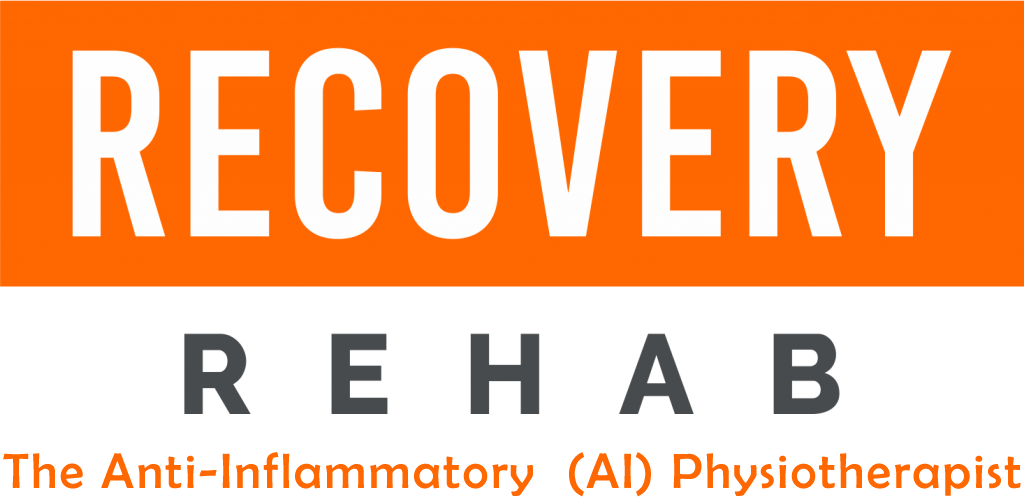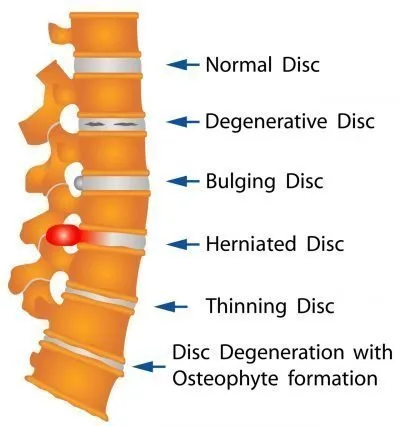Bulging, Prolapsed, and Herniated Disc Physiotherapy Westmead
Disc issues such as degeneration, slipped discs, bulges, prolapses, and herniations can bring about significant pain and dysfunction. When the fluid-filled cartilage discs supporting your vertebrae break, it can lead to pinched nerves and related neurological symptoms. If you’re dealing with this problem, you might think your only options are enduring the pain or opting for a major, spine-altering surgery. But, before making that decision, consider how our physiotherapists at Recovery Rehab Westmead clinic can help restore your body’s health without invasive procedures or drugs, providing pain-free recovery.

